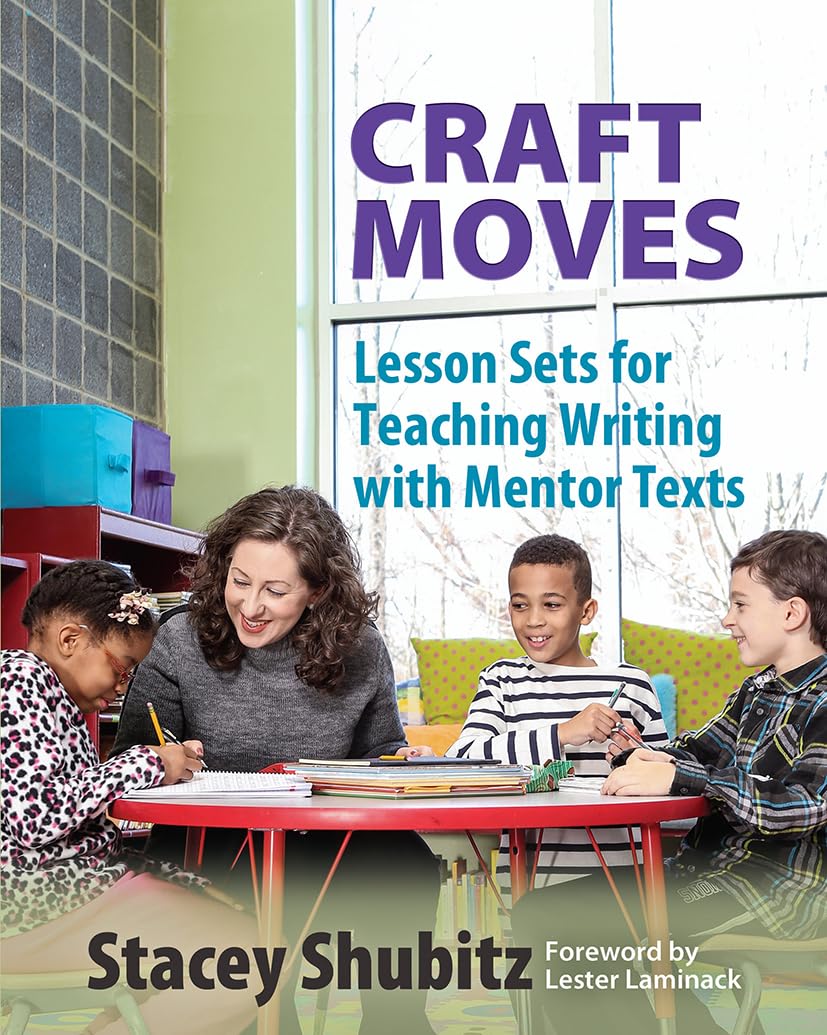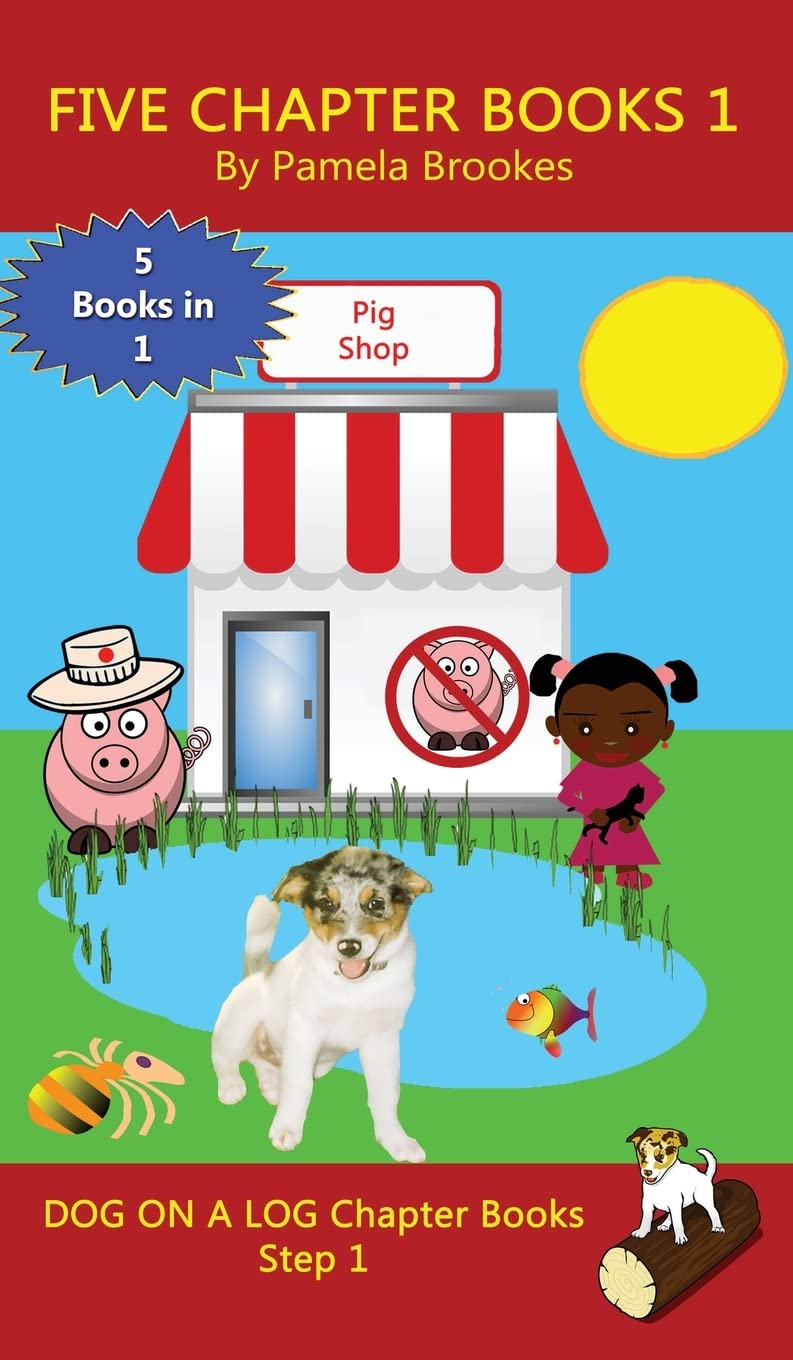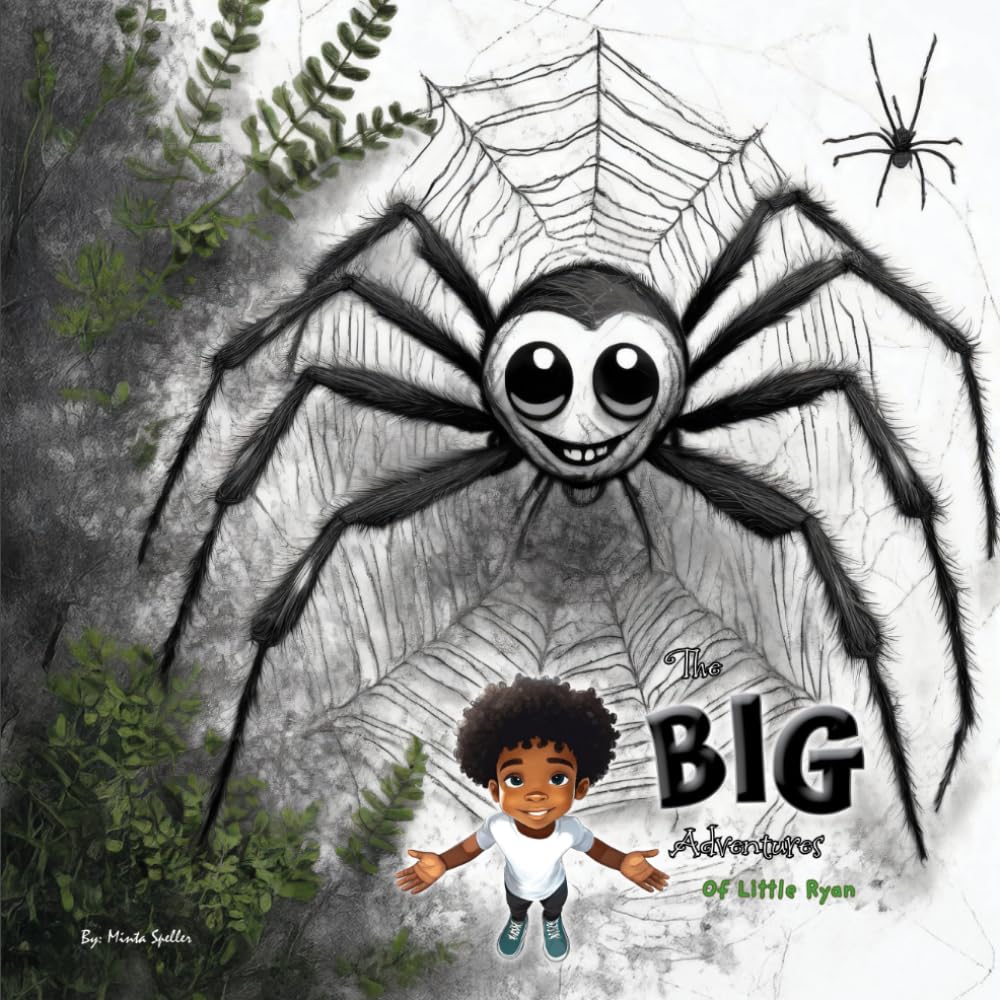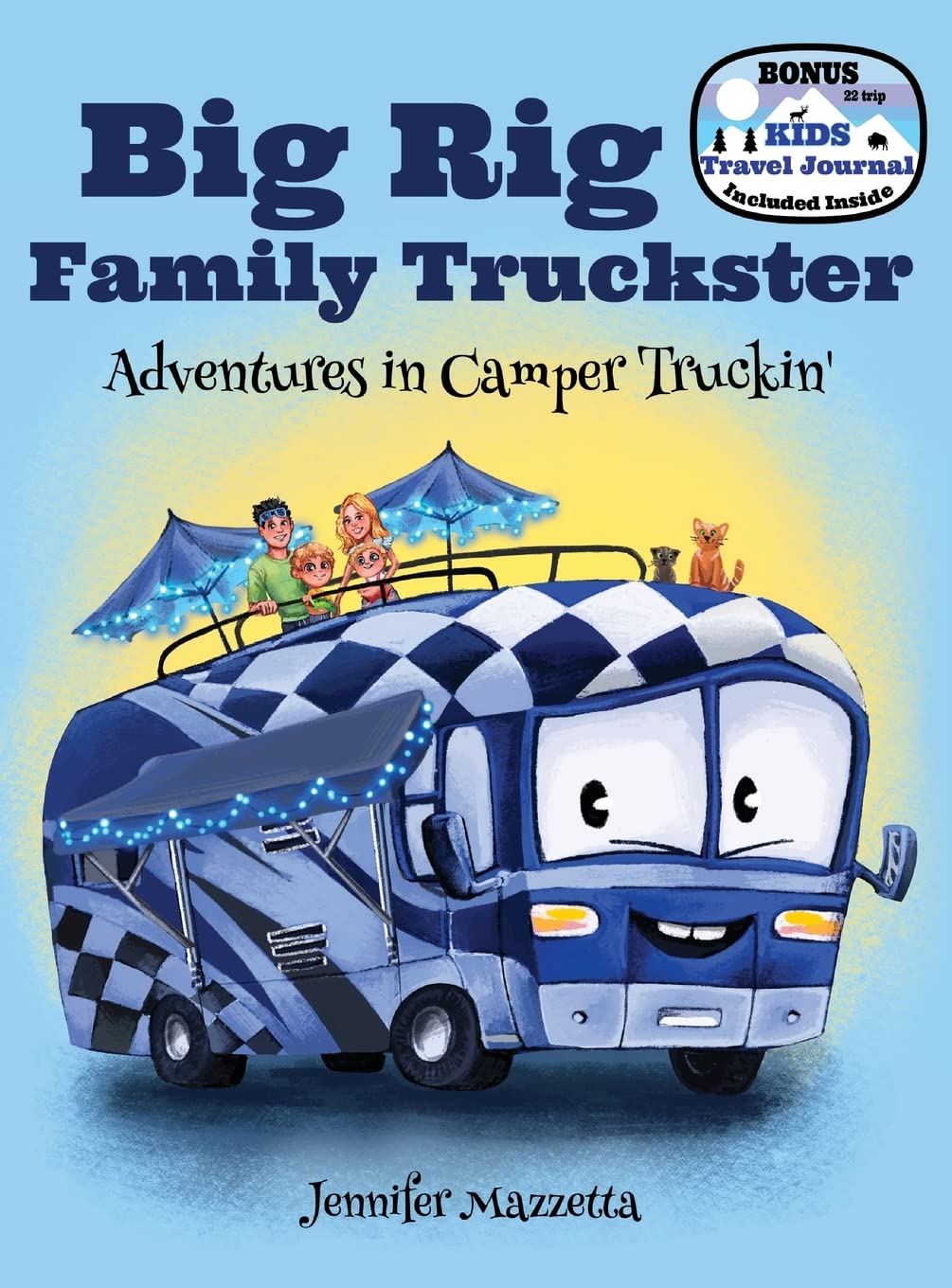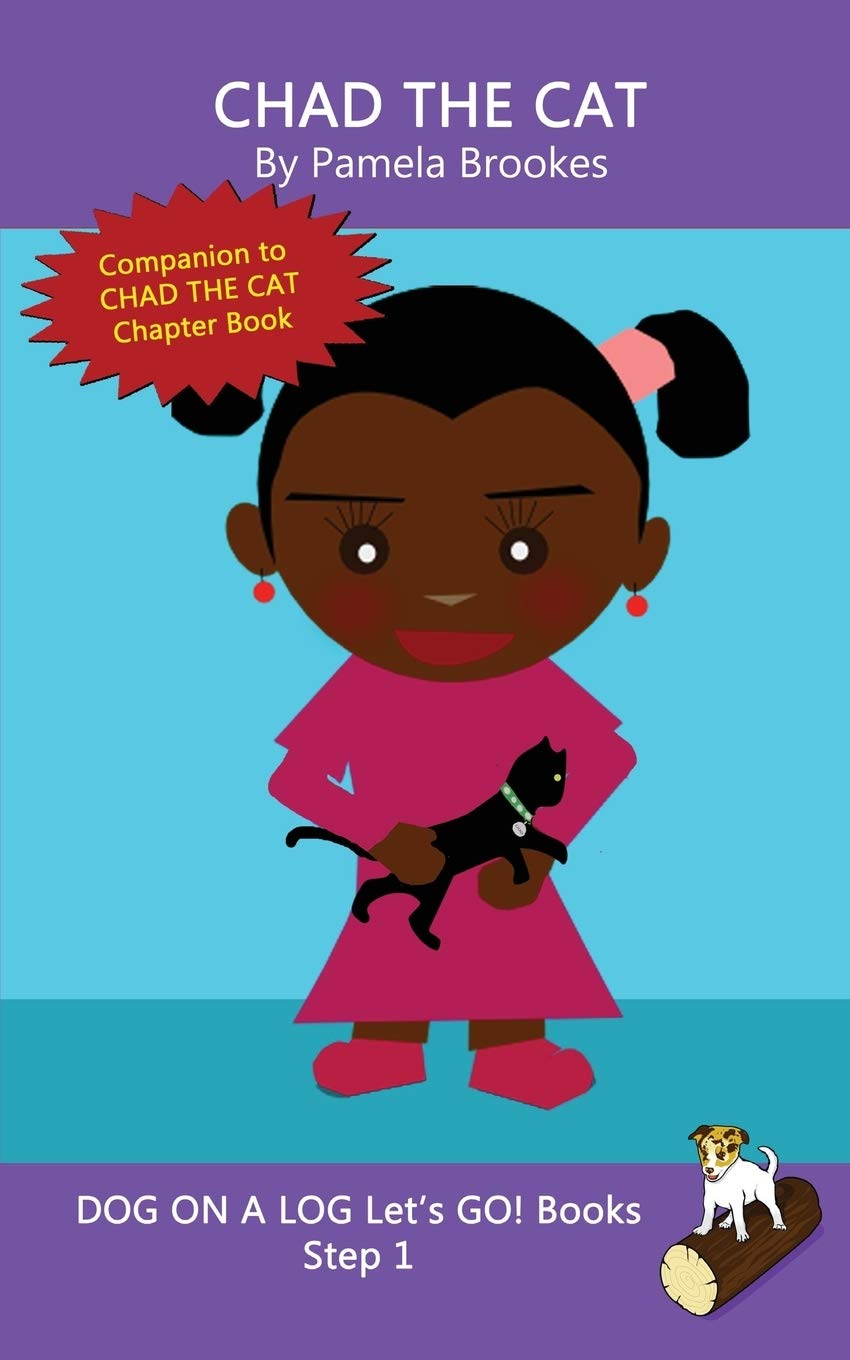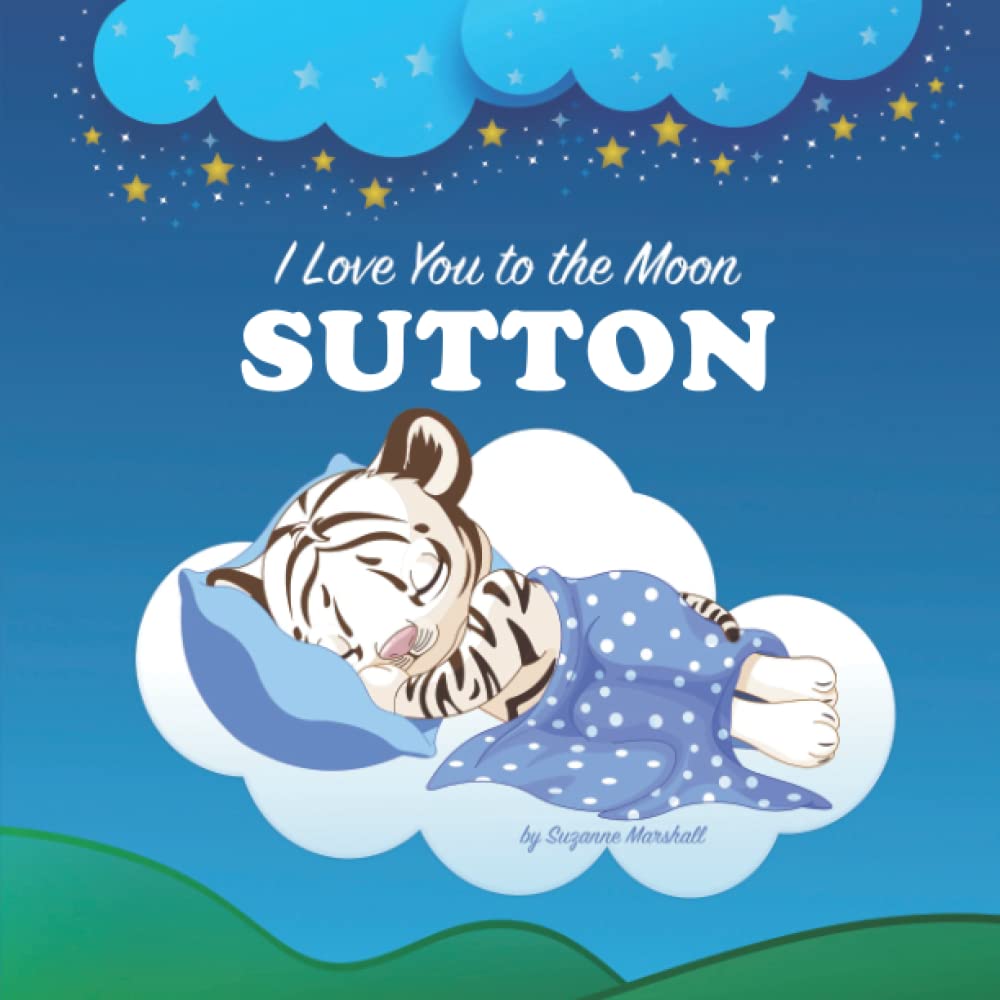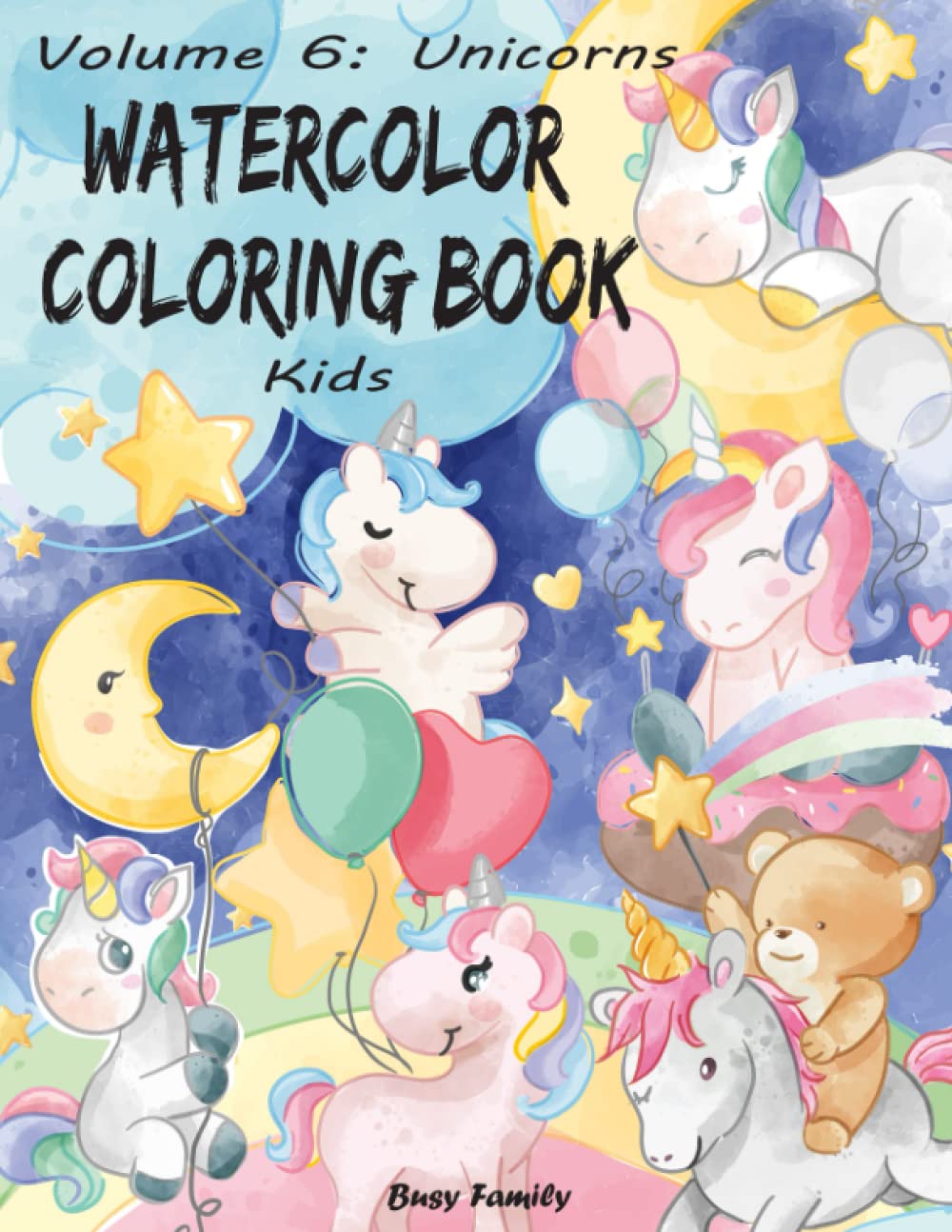How do you choose mentor texts for your students? How do you mine them for the craft lessons you want your students to learn?In Craft Moves: Lesson Sets for Teaching Writing with Mentor Texts , Stacey Shubitz, co-founder of the Two Writing Teachers website, usestwenty recently published picture books to createmore than 180 lessons to teach various craft moves that will help your students become better writers.Each of the 184 lessons in the book includes a publisher's summary, a rationale or explanation of the craft move demonstrated in the book, and a procedure that takes teachers and students back into the mentor text to deepen their understanding of the selected craft move. A step-by-step guide demonstrates how to analyze a picture book for multiple craft moves.Shubitzintroduces picture books as teaching tools and offers ways to integrate them into your curriculum and classroom discussions. She then shares different routines and classroom procedures designed to help students focus on their writing during the writer's workshop as well as focusing how teachers can prepare for small group instruction.Using picture books as mentor texts will help your students not only read as writers and write with joy but also become writers who can effectively communicate meaning, structure their writing, write with detail, and give their writing their own unique voice. Craft Moves: Lesson Sets for Teaching Writing with Mentor Texts shows teachers how to select mentor texts for students and how to tie these texts into curriculum plans. It takes some twenty recently published picture books and creates nearly two hundred lessons from them that teach students how to become better writers, and it includes step-by-step assessments of how and why these books were chosen and used, and explains the craft moves in each book. Using picture books as mentor texts help students in various grades grow into more effective communicators. Having a book that tells exactly how this process can be used with these and other books gives teachers an important leg up in the process of selecting and using mentor texts. James A. Cox Editor-in-Chief Midwest Book Review Craft Moves is exactly what you’d expect from Stacey Shubitz―a book that’s as thoughtful as it is practical. Stacey understands that there’s no quick fix or formula for strong writing. It grows slowly and must be nourished by thoughtful teachers who bring powerful literature into the classroom. If you want to help your students improve the quality of their writing―and who doesn’t?―you’ll find Craft Moves a must-have resource. Ralph Fletcher, author of Making Nonfiction from Scratch Craft Moves is an enduring present to teachers―a way to think about their writing classrooms and support their writers in a journey toward greater independence and success. Stacey Shubitz gives teachers a professional book about mentor text to serve as a springboard to inspire writers in K–6 classrooms everywhere. ―Lynne Dorfman, coauthor of Grammar Matters I tried to think about how to begin this book review, but every time I started to write, I couldn’t find the words. I tried words like “Fabulous” and “Exciting,” but they seemed inadequate to explain how powerful and important Stacey Shubitz’s new book, Craft Moves: Lesson Sets for Teaching Writing with Mentor Texts , is to middle grades teachers and students everywhere. As a life-long learner and “forever in the making” educator, I am always searching for books that help me become a better teacher. This is one I definitely recommend for the shelf where you keep your “go-to book” collection. Finding the extra time to research and write original lessons to supplement Readers and Writers Workshop is not an easy thing to do. Luckily for teachers in grades 4 and 5, this book is a perfect Workshop accessory and definitely a time saver. With clear, easy-to-follow instructions and many examples, Shubitz helps teachers discover the literary treasures that can be found in mentor books, specifically picture books. The first three chapters provide insight into Shubitz’ journey as she wrote this book. They serve as an introduction to teachers who are unfamiliar with mentor texts and provide a refresher for teachers who currently use mentor texts as part of their Workshop classroom. So…What are mentor texts? Shubitz: “Mentor texts are examples of exemplary writing we can study during writing workshops. Teacher use mentor texts to teach students how to lift the level of their writing.” (Introduction, p. 3) And she quotes Dorfman and Cappelli (2007): “Mentor texts help writers notice things about the author’s work that is not like anything they might have done before, and empower them to try something new.” To be honest, when I first learned about using mentor texts and close reading, I was baffled. How could I maintain student interest by using a text more than once? I certainly wasn’t a believer in this “new fangled” approach. But I soon learn
